

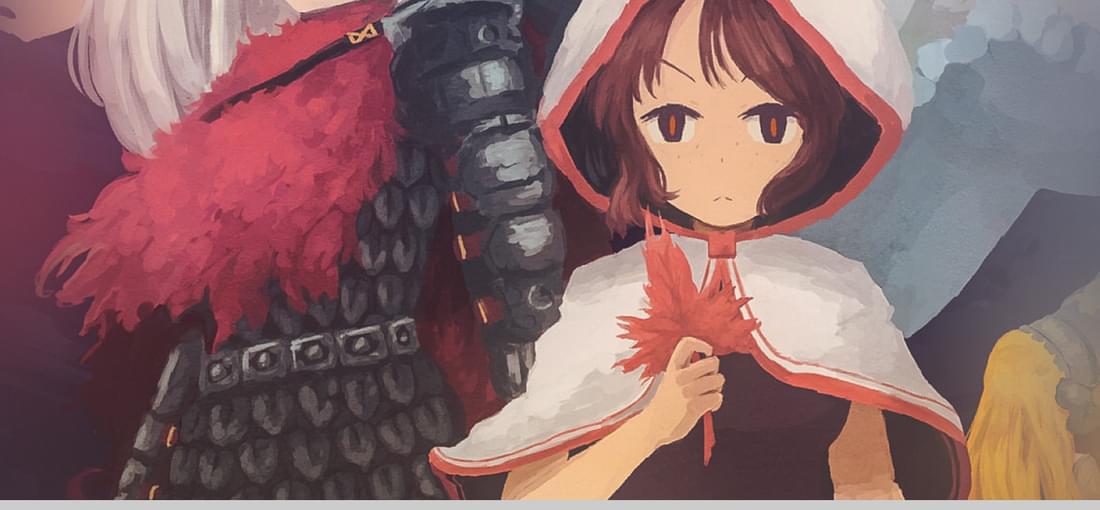
Momodora - Reverie under the Moonlight is an action game. The story follows a young priestess who is trying to stop a curse from destroying her village. There are few NPC. Some give keys, participate in battles, or just have 3 lines they repeat. The story is easy to follow, but not engaging. The character development consists of health upgrades, which are found, passive abilities (mostly for the bow), active spells, and traversal abilities. There are only two weapon types - the leaf (the melee weapon), which has 1 upgrade, and the bow, which has numerous passive abilities and the charged shot. The additional items provide spells and recharge upon reaching a checkpoint. The area design and traversal are mostly adequate. The issue is the combination of the checkpoint-based saving system (the progress saved only upon using it, there are no auto-saves) and instant-killing environmental hazards, such as spikes and water. But not all bodies of water are deadly - some lead to other areas, which is inconsistent. The map always shows area exits, which helps to locate hidden upgrades. Fast travel becomes available late, but it is still usable. Another downside is the difficulty curve - when a boss is defeated without taking damage, it drops a powerful accessory, thus the skilled player has an even easier experience than the one unfamiliar with the genre. The bosses themselves are diverse, though the only challenging aspect is defeating them without taking damage. Otherwise, the battles are trivial, but still visually appealing. Finally, there is contact damage - unless the foe is stunned, standing at the same spot hurts, stuns, and pushes back the protagonist. In combination with the above-mentioned environmental hazards, it might be quite irritating. The graphics and sound are minimalistic yet expressive and fitting. The keyboard controls are rebindable. Only one minor visual bug has been experienced during the playthrough (5 hours not including restarts).
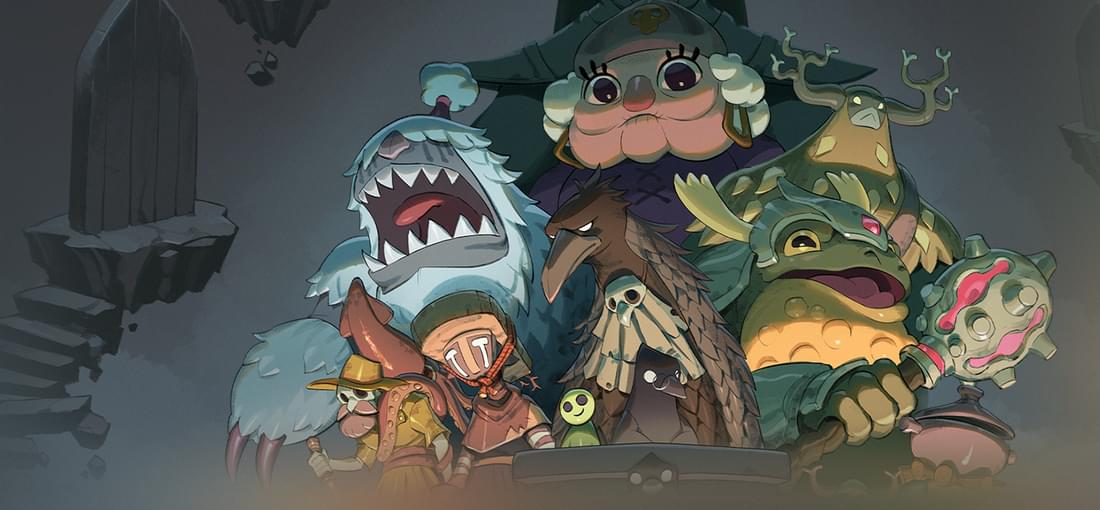
Death's Door is a very lovely and combat-heavy Metroidvania with impressive attention to details, though the story is linear and has only one ending. The narrative and visual style are consistent throughout the game. The locations are reasonably complex, yet with enough landmarks to have a general idea of where to go. Except the starting area, the Lost Cemetery, which is a labyrinth with all shortcuts unlocked. Considering the lack of a map, it might be quite hard to navigate. Dying is forgivable - the experience, loot, and the shortcuts unlocked are saved, the main penguin is revived at the nearest Door, though, the foes are revived as well, but it is possible to run past. The arena battles ("Kill All to Proceed") are reasonably challenging, but there are no difficulty options. The boss battles consist of several stages, each engaging and unique with clear attack patterns, though the lack of visible health bars for them makes it hard to determine one’s success. There are bright magenta cracks on them indicating the damage dealt, but they are imprecise and vary between foes - one can fall with just a few lines, another can be almost completely purple before dying. The upgrades, bonuses, and collectibles are mostly possible to find without a guide and they provide an adequate advantage. The post-game offers more content and adds indicators for whether everything in an area has been collected. The controls are comfortable and rebindable, the mouse is supported well, including additional buttons. No bugs have been encountered.
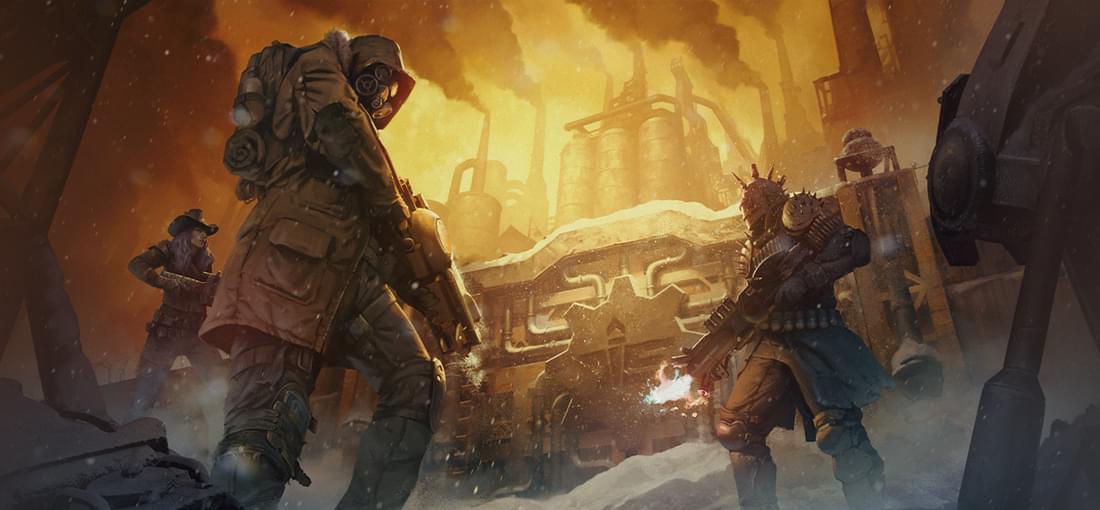
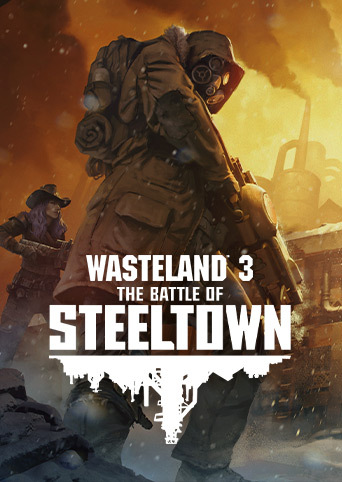
The Battle of Steeltown. The DLC features several new locations, the titular Steeltown and the surrounding area. The unique feature the DLC introduces is non-lethal weapons, that are effective only against the Steeltown workers and cause a non-lethal takedown much slower than lethal weapons would. While it could be subtle commentary on ethical versus practical decisions, your pets and followers shredding the opponents to pieces are not acknowledged. Thematically, the story does not fit well with the main game - from the corporation vs workers narrative to the technological development of the factory. There are some good pieces of equipment and a follower, but nothing exceptional. The second DLC is much worse in comparison, while the base game is amazing, thus it is recommended to skip both DLC.
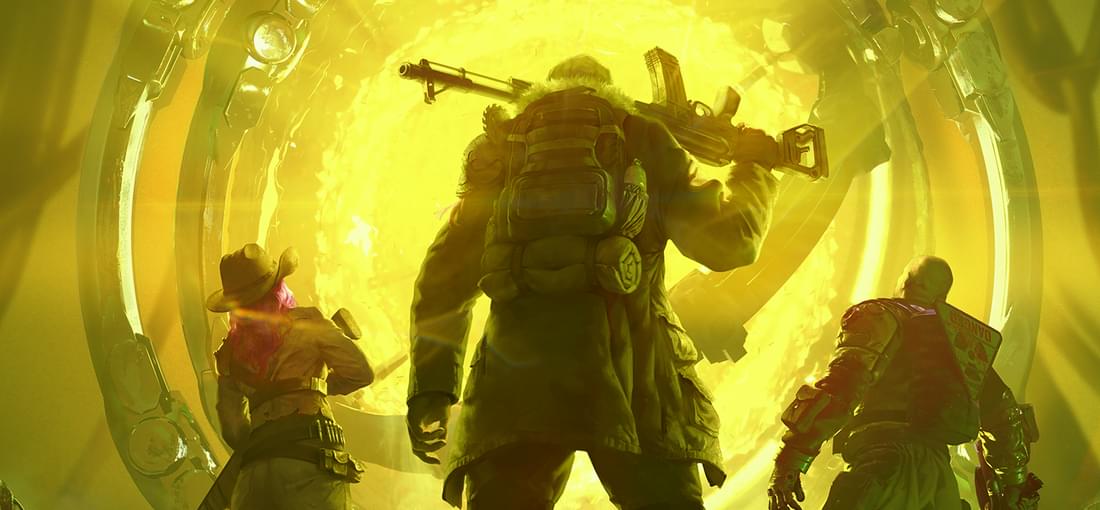
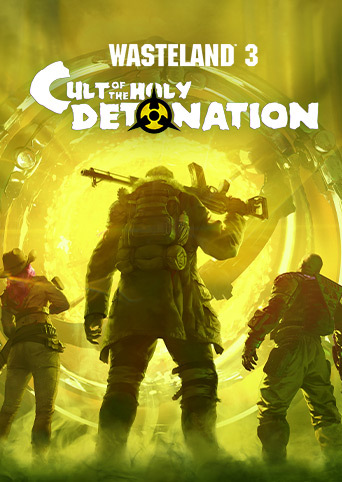
Cult of the Holy Detonation is the prime example of how not to design combat encounters in turn-based games - infinite reinforcements in each location and a stacking debuff lowering the chance to hit. On the other hand, at high levels pets and followers can easily keep the opponents dead, but not before they take a turn prolonging the battle. The rest of the design seems extremely structured as well - 3 McGuffins to collect, 1-2 tricks to make the infinite respawn encounter of the location slightly easier, most quest objectives have a large purple arrow pointing at them. Also, half of the doors and computers ignore Lockpicking and Nerd Stuff skills. Finally, there are a lot of long unskippable cut-scenes, which take control over the party, thus preventing it from taking a favourable position or starting the combat without dialogue, which obviously leads to combat and the opponents cannot be debuffed during the dialogue, and occasionally you have to watch a 10-second long cut-scene in order to open doors and chests. In terms of narrative, thematically, it is more hyperbolic, as the both parties involved are nuke-worshipping cultists, but the quality of writing, from lore to characters, is lower. There are also two intentionally-obnoxious characters who repeatedly reference your past actions in a derogatory manner, which is occasionally bugged. As far as I can tell, it is impossible to shut them up, but the interactions are contained within the DLC.
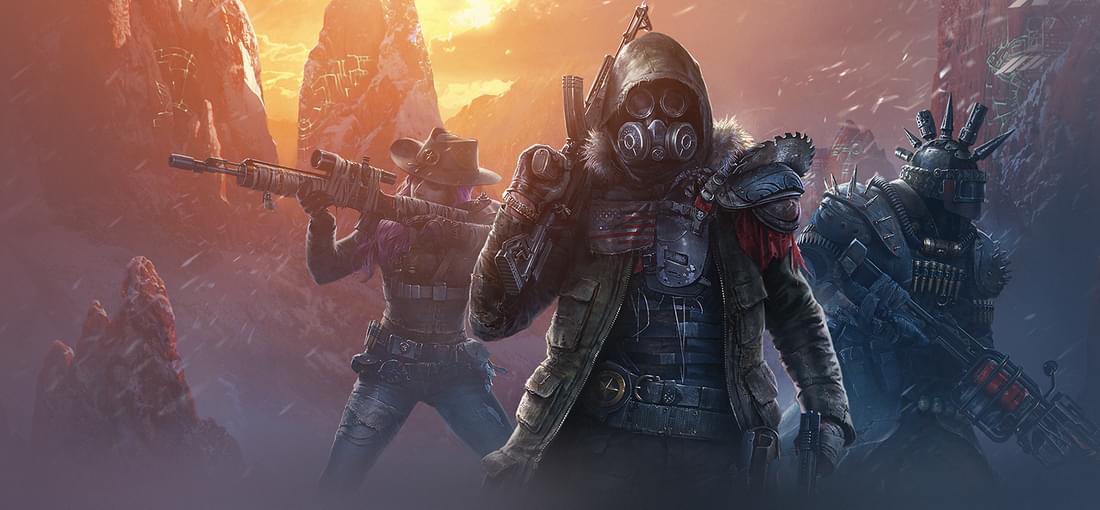
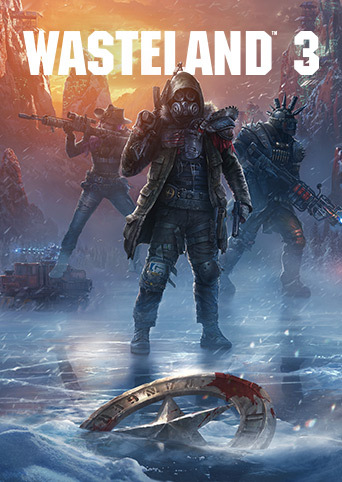
Wasteland 3 is a party-based RPG with turn-based combat and classless character development system in a post-apocalyptic setting. The story follows a group of the Desert Rangers from Arizona trying to secure the support of the leader of Colorado, Saul Buchanan, also known as the Patriarch. There are several factions, numerous roleplay options, and meaningful choices. It is also possible to murder most, if not all, NPCs manually. The player’s characters (there are two) are fully customizable - from name and appearance to abilities and equipment. All non-combat skills are used during exploration and some are used in dialogues and combat. There are companions to recruit and pets to find, while it is also possible to create the whole team yourself. The combat is turn-based. Combat encounters are reasonably challenging and engaging, the loot is satisfying and meaningful, despite light randomness for non-unique items. The inventory is limitless, though there are no options for manual sorting, by default the equipment is sorted by type and level. The locations are of reasonable size and accessed via the world map, which is open shortly after starting the game and becomes easier to explore as the party’s vehicle is upgraded. The controls are rebindable and comfortable. The game lacks an option to pause without quitting the game. The graphics are pleasant to look at, while the system requirements remain adequate. The save files are very small and located in Documents/My Games. As far as I can tell, there is no limit for the number of save files. The game itself takes about 26GB of space, and runs smoothly. I have encountered FPS drops only in one area and it did not affect the game much. The soundtrack and voice acting are excellent and the former is possible to purchase separately. Highly recommended.
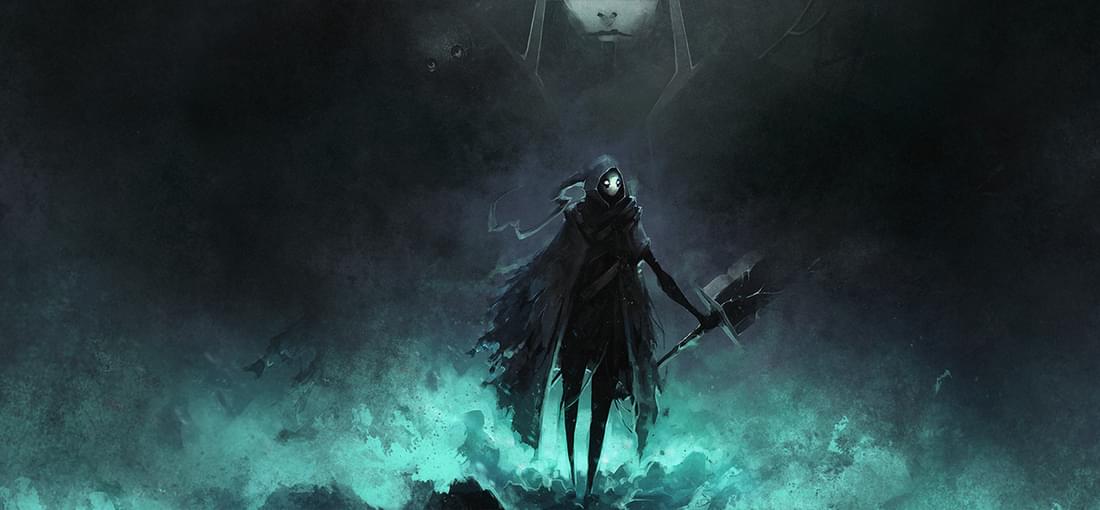
To start with positive aspects. The main menu has an excellent artwork at the background, the font is stylish and readable, the music is fitting, and there are a lot of graphical settings to customize. I have encounter a bug, which successfully renders the game unplayable - the default control scheme uses AQSD instead of WASD for movement and when I try to rebind them, the game freezes - I cannot assign a key, move the cursor or close the settings, and have to shut down the application via Task Manager. There were also issues with installation, the game used the space on the C: (SSD, system) drive during installation, instead of D: (HDD, everything else), where it was to be installed.
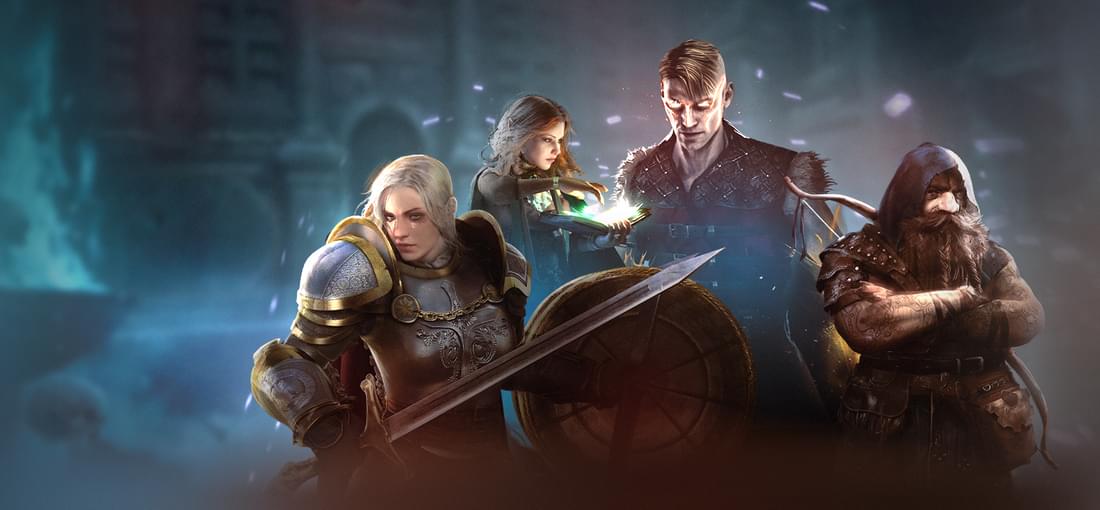
Solasta is a party-based RPG with four protagonists, closer to a dungeon-crawler or a tactical RPG, than other cRPGs. There are several NPCs who can temporarily (for one or two battles) join the party in combat. There are several classes, weapons, backgrounds and manners of speech. Backgrounds provide unique quests (1 per background) during the game. Most of the time the party uses auto-dialogue according to their personality tags, but there are dialogue options as well, which may affect the story. The main story is mostly linear (there are few choices), with new objectives appearing after completing the previous ones. There are several side quests. Combat is usually unavoidable (the game cannot be completed without it), but it is not possible to attack neutral or friendly NPCs without announcing your intention first (there is one exception, where the boss turned hostile after the party looted the room). In the situations when it is possible to use diplomacy, the XP reward is roughly equal to the one gained by killing the boss. The combat is turn-based with adjustable difficulty, from damage dealt to spell requirements to random encounters. There are also separate settings for AI. Maps are fully 3D and vertical movement is meaningful. The reputation system affects only the items available for purchase, but not the story. The crafting system is easy to understand and crafted equipment and consumables provide advantage without being balance-breaking. The graphics and sound are adequate, they fit the setting and do not distract from combat. The style is consistent and animations are expressive. GUI is comfortable to use, but relies mostly on the mouse and there are too few hotkeys. The controls are responsive and rebindable, 5-button mice are supported. Tutorials are easy to understand and helpful, but some important features are not mentioned, such as Identifying magical items. The number of save files is limited to 50 and they are located in AppData (why would a hidden folder) and names for custom characters cannot be repeated. I have encountered several small graphical glitches (animations not playing when speeded up; wrong portrait shown after combat), several small audio bugs (VA and subtitles did not match) and one softlock (during a late-game main quest, “The Mind of the Master”). Optimisation is lacking - frames per second dropped in areas with water, GPU temperature was high during gameplay.
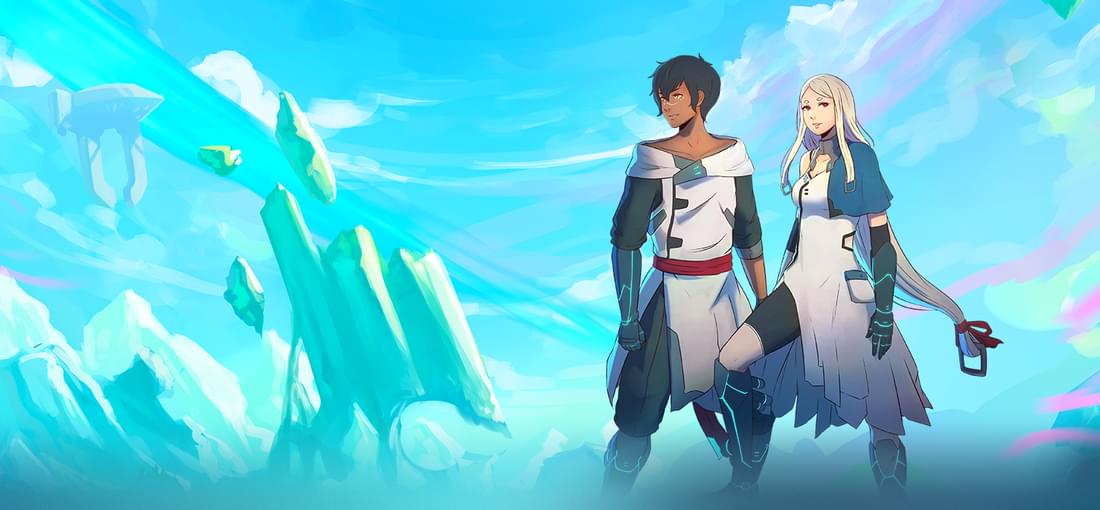
Haven is an action-adventure game, yet it is tagged as an RPG, thus I review it as an RPG. The main characters are predetermined, from the build (all stats, abilities and equipment are the same for both characters; progression is tied to the main story) to appearance to names. Dialogue options are similar and lead to the same outcomes, though some of them increase a hidden parameter called "Confidence". Exploration is bound to the main story. In other words, it is not an RPG in any shape or form. The story follows two people who fled from an oppressive regime to be together as they explore their new home and repair their ship. The combat is partially real-time and partially turn-based. It is impossible to choose targets or formation in combat or to flee after initiating an encounter. If one character is knocked out, the other can revive them. If both characters are KO'ed, the party returns to the base to heal (except for 1 instance where the last save is reloaded). There are 2 types of attacks (+block and finisher) and 4 types of consumables. The NPC opponents are reasonably diverse and require specific approaches. There are several optional mini-bosses. 2D animated art looks good and detailed. 3D models are adequate, but either increasing the number of polygons per model or cell-shading would make it a lot better. All lines are voiced and the OST fits the game. The controls are only partially rebindable at the time of writing - most actions (from combat to cooking) require to hold 2 keys at the same time and the ones on the right are impossible to change. 5-button mice are not supported. Difficulty options are listed under the "Accessibility" tab in the menu, with separate sliders for enemy speed and damage and attacks of the main characters. The game uses auto-saves upon changing location. There are no sex scenes, no swearing and no corpses of humans or animals and the game is very vegan-friendly.

Furi is an excellent boss rush game, it stays focused on meeting interesting characters and defeating them. The graphics and soundtrack are fitting. The controls are responsive and customizable. There are several endings and difficulty modes. The game has bullet-hell sequences, which I didn't like much, but can't count as an absolutely negative aspect. In some battles it's hard to tell the difference between boss' projectiles and healing orbs - both glow very brightly and move similarly. One phase in one battle requires to use mouse for dash direction, because it is impossible to move in that direction on keyboard (i.e. it's about 60 degrees, KB allows 45).